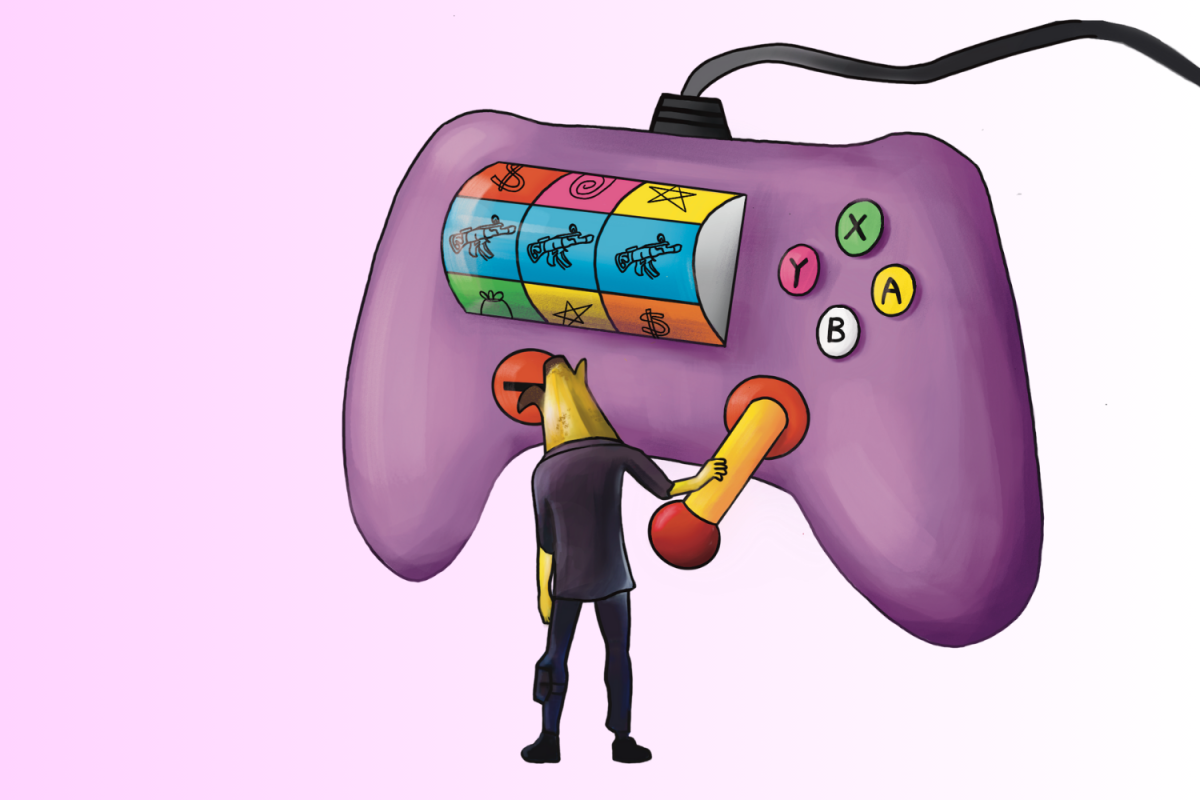Savor the Flavors: Bombay Beijing Fine Foods
Exploring the fusion of Indian and Chinese cuisines with delicious recipes and culinary tips.
Microtransactions: The Hidden Gamble in Gaming Casinos
Uncover the shocking truth behind microtransactions in gaming casinos. Are they your secret winning ticket or a hidden gamble? Dive in now!
Understanding Microtransactions: How They Reshape the Gaming Experience
Microtransactions have become a significant aspect of modern gaming, dramatically reshaping how players engage with their favorite titles. At their core, microtransactions are small financial transactions made within a game, allowing players to purchase additional content such as skins, characters, or in-game currency. This model supports developers by providing ongoing revenue streams, which can be vital for funding updates and expansions. However, it also raises questions about fairness and access, as players who are willing to spend more may gain advantages over those who prefer not to invest extra money.
As the gaming landscape evolves, microtransactions influence player behavior and expectations. Many gamers have grown accustomed to the notion that free-to-play titles may incorporate these purchasing options, accepting them as part of the experience. Critics argue that this can lead to a 'pay-to-win' scenario where real money dictates success within the game, while proponents highlight that microtransactions can enhance enjoyment by offering personalization and convenience. Ultimately, understanding the implications of microtransactions is essential for gamers, as it impacts not only gameplay dynamics but also the overall gaming culture and community.

Counter-Strike is a highly popular first-person shooter game that has created a massive esports scene. Players can choose from various game modes, focusing on teamwork and strategy, while actively engaging in competitive matches. For those looking for gaming-related promotions, you can check out our rollbit promo code to enhance your gaming experience.
Microtransactions vs. Traditional Gambling: Where Do We Draw the Line?
The debate surrounding microtransactions versus traditional gambling has gained significant traction in recent years, particularly with the rise of mobile gaming and online platforms. Many argue that microtransactions are a more accessible form of monetization that enhances gaming experiences by allowing players to customize their gameplay without mandatory expenditures. However, critics contend that these microtransactions often lead to predatory practices, encouraging players to spend more money on virtual items, skins, or advantages, potentially mirroring the addictive nature of traditional gambling. This raises an important question: should we view in-game purchases as harmless features or as a slippery slope towards gambling addiction?
Adding another layer of complexity to the conversation, the differences between microtransactions and traditional gambling become blurred when considering games that employ loot boxes. These randomized rewards have drawn comparisons to gambling, as players make purchases with the hope of obtaining increasingly rare and valuable items. Some countries have already legislated against such practices, recognizing the potential for addiction and financial loss akin to traditional gambling. As the industry continues to evolve, it is vital for regulators and consumers alike to establish clear boundaries that protect players while fostering innovation in gaming. Where exactly do we draw the line between microtransactions and traditional gambling?
Are Microtransactions a Form of Hidden Gambling in Video Games?
In recent years, microtransactions have become a prevalent feature in many video games, raising questions about their potential implications on player behavior. Some critics argue that these in-game purchases are a form of hidden gambling, as they often encourage players to spend real money for random rewards or advantages, much like traditional gambling methods. For instance, a player might spend money on loot boxes that contain random items, leading to a cycle of spending in pursuit of a desirable outcome. This structure can create an addictive dynamic, particularly among younger players who may not fully understand the risks associated with such spending.
The controversy surrounding microtransactions is amplified when considering the psychological effects they can have on players. Many games are designed to exploit the fear of missing out (FOMO) by offering limited-time items or promotions that compel players to make impulsive purchases. As a result, some players may find themselves in a loop of continuous spending in hopes of gaining a competitive edge or completing their collection. This blurring of lines between gaming and gambling necessitates closer scrutiny from regulators and a conversation about the ethical responsibilities of game developers in creating environments that foster such behaviors.